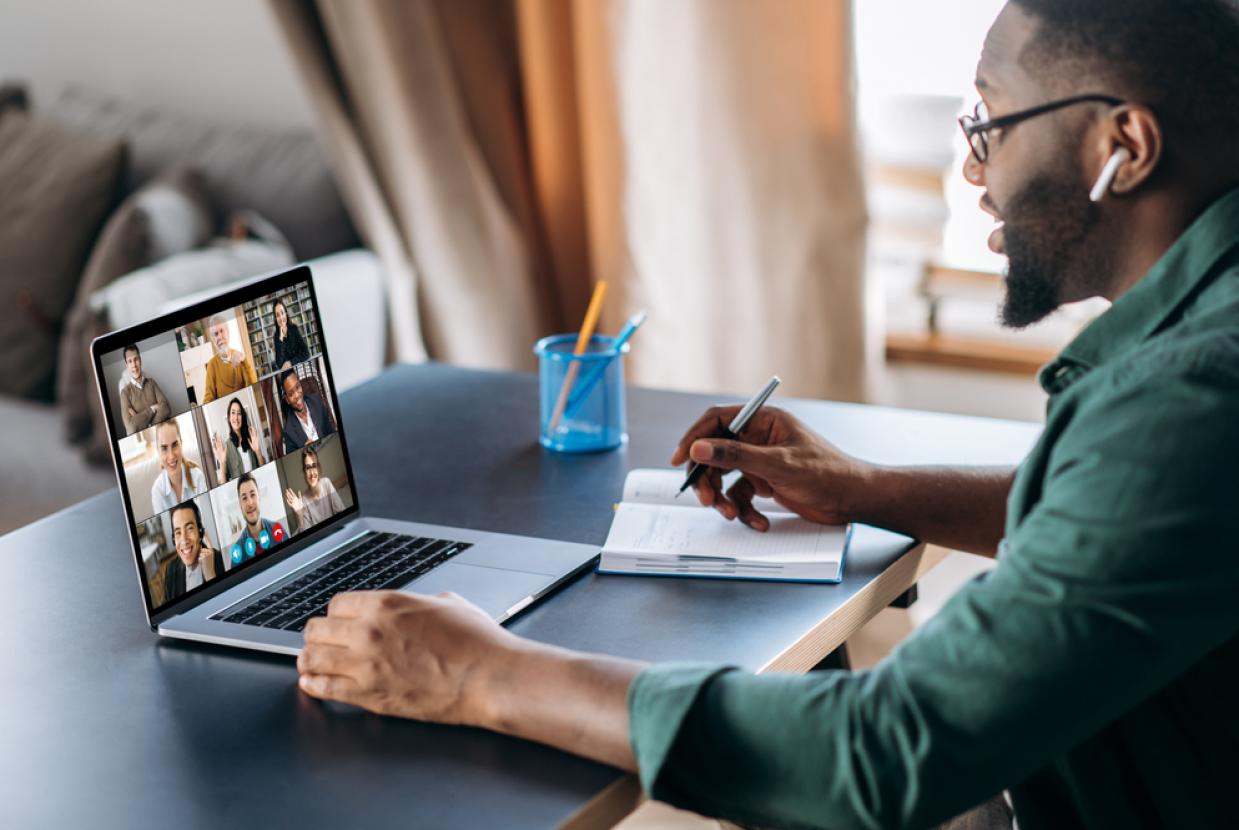How To Sit Correctly When Working
Workplace HealthIf you sit a lot in front of a computer, here are some tips to help your posture.
Support your back
Reduce your risk of back pain by adjusting your chair so your lower back is properly supported. A correctly adjusted chair will reduce the strain on your back. Get 1 that is easily adjustable so you can change the height, back position and tilt.
Your knees should be slightly lower than your hips. Use a footrest, if it feels necessary.
Adjust your chair
Adjust your chair height so you can use the keyboard with your wrists and forearms straight and level with the floor. This can help prevent repetitive strain injuries.
Your elbows should be by the side of your body so your arm forms an L-shape at the elbow joint.
Rest your feet on the floor
Place your feet flat on the floor. If they're not, ask if you can have a footrest, which lets you rest your feet at a level that's comfortable. Don't cross your legs, as this may contribute to posture-related problems.
Place your screen at eye level
Your screen should be directly in front of you. A good guide is to place the monitor about an arm's length away, with the top of the screen roughly at eye level.
To achieve this, you may need a monitor stand. If the screen is too high or too low, you'll have to bend your neck, which can be uncomfortable.
Have the keyboard straight in front of you
Place your keyboard in front of you when typing. Leave a gap of about 4 to 6 inches (100mm-150mm) at the front of the desk to rest your wrists between bouts of typing.
Keep your arms bent in an L-shape and your elbows by your sides. Some people like to use a wrist rest to keep their wrists straight and at the same level as the keys.
Keep your mouse close
Position and use the mouse as close to you as possible. A mouse mat with a wrist pad may help keep your wrist straight and avoid awkward bending.
If you're not using your keyboard, push it to one side to move the mouse closer to you.
Avoid screen reflection
Your screen should be as glare-free as possible. If there's glare on your screen, hold a mirror in front of the screen so you know what's causing it.
Position the monitor to avoid reflection from overhead lighting and sunlight. If necessary, pull blinds across the windows. Adjusting the screen's brightness or contrast can make it much easier to use.
Avoid wearing bifocals
If you have bifocal spectacles, you may find them less than ideal for computer work. It's important to be able to see the screen easily without having to raise or lower your head.
If you cannot work comfortably with bifocals, you may need a different type of spectacles. Consult your optician if in doubt.
Make objects easy to reach
Position frequently used objects, such as your telephone or stapler, within easy reach. Avoid repeatedly stretching or twisting to reach things.
Avoid phone strain
If you spend a lot of time on the phone, try exchanging your handset for a headset. Repeatedly cradling the phone between your ear and shoulder can strain the muscles in your neck.
Take regular breaks
Don't sit in the same position for too long. Make sure you change your posture as often as is practicable. Frequent short breaks are better for your back than fewer long ones. It gives the muscles a chance to relax while others take the strain.
























































